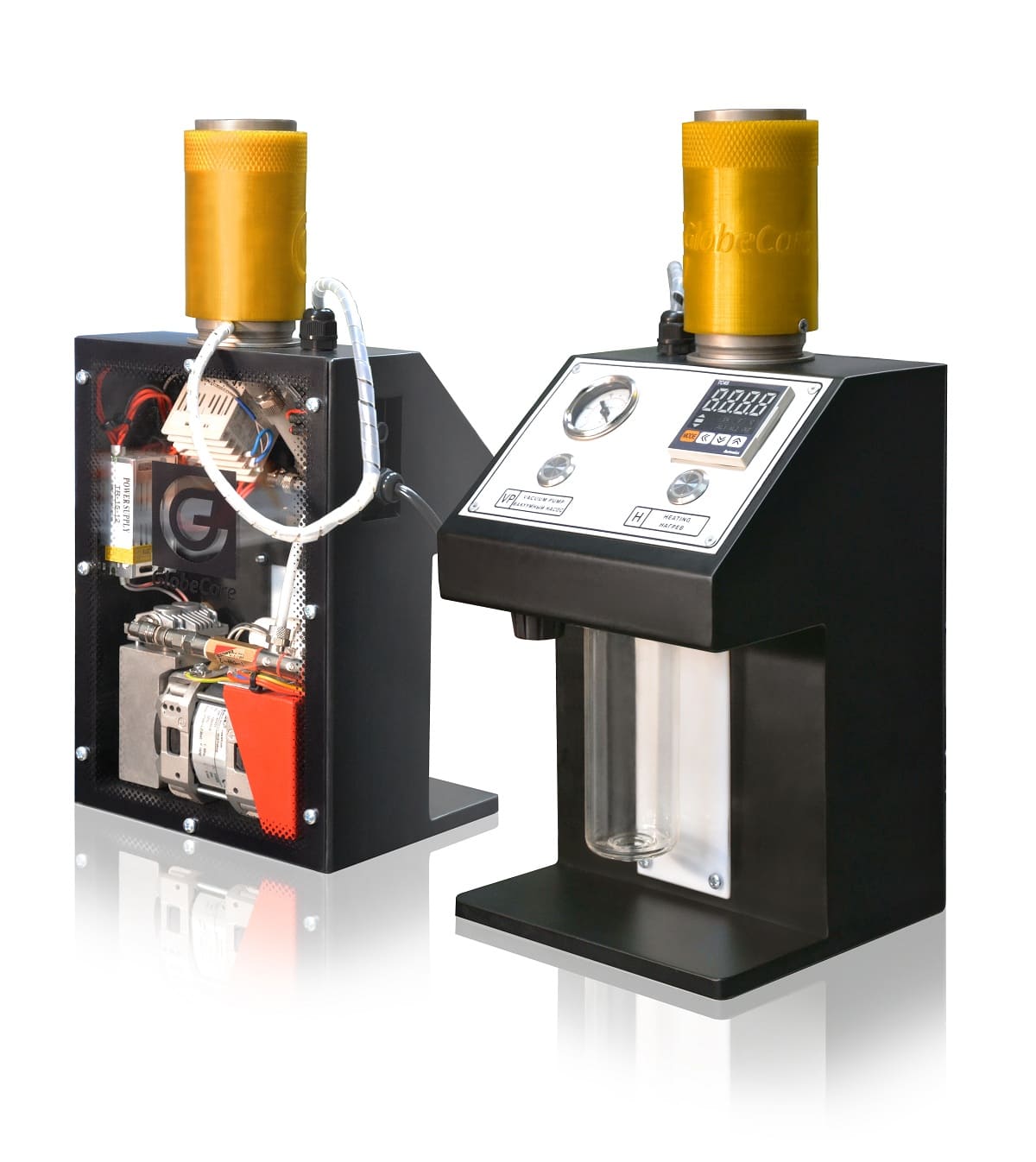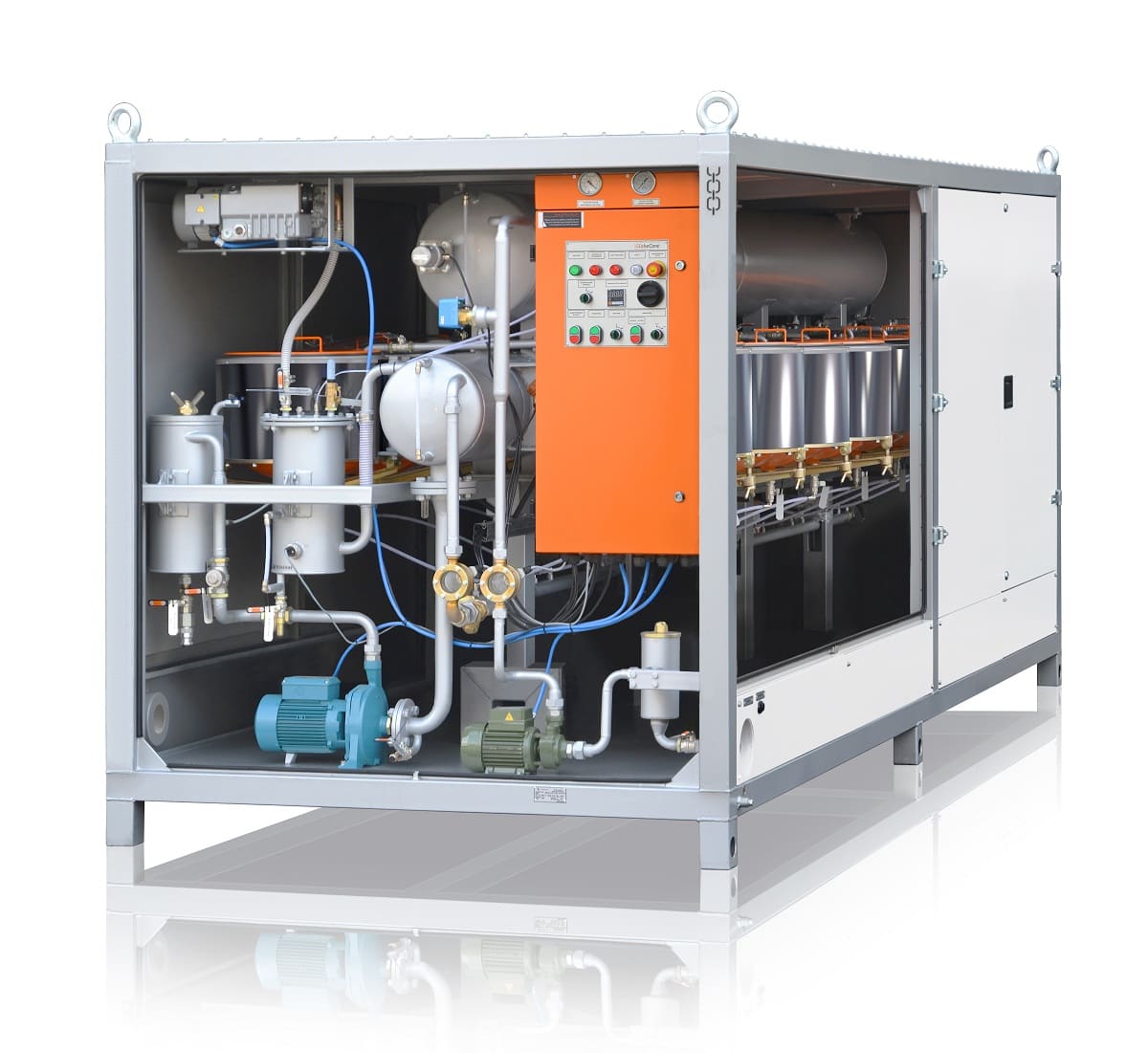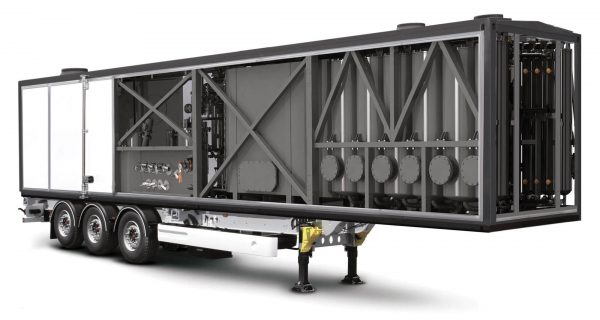Today, the largest share of consumed lubricants belongs to petroleum based oils. The upward trend of this product requires new and improved existing methods of collection, processing and regeneration.
One of the most economical ways of handling oil resources is regeneration of used oil directly on site. As oil aging have a great impact on the life of lubricating oil. Also more attention should be paid to various foreign impurities, which accumulate in oil, and significantly impair its quality. Simple mechanical cleaning methods can solve this problem and focus on the reuse of lubricating oils for their intended purpose. To a greater degree this applies to transformer, turbine, industrial and hydraulic oils, and less so to motor ones. Although the latter confidently lead by production volumes.
Modern methods of purification and regeneration of used oil can be divided into: physical, chemical and physicochemical treatment techniques. To date, the most used are physical methods, which include sedimentation, filtration, centrifugation and vacuum drying. Physico-chemical and chemical methods are more complex, therefore they are used only in the case of heavy contamination or heavy oil aging.
To ensure the best result of treatment of contaminated oil, its collection must be carried out separately by grade. This allows to reduce the potential waste and to get a high quality product at the outcome.
Annually about 15 million tons of used oils are collected in the world, while 70 – 90% of this raw material is used as fuel. In many countries there is still no centralized collection and disposal, so the data given are approximate.
Among the most commonly used ways of utilizing used oils are the following:
- processing or cleaning from individual contaminants to obtain boiler fuel;
- secondary processing to obtain the basic components;
- separate regeneration to obtain a product suitable for use in its intended purpose.
Producing boiler fuel
The possibility of using used oil as fuel was noticed because of its high heat values. For example, combustion heat of used engine oil is 45 MJ / kg, which is higher than combustion heat of fuel oil (40-42 MJ / kg).
But burning used oil as fuel has certain limitations, which are related to environmental problems. These problems are not critical, but require additional costs, which makes the used oils less utilized as fuel than refined from petroleum product fuel oil. In particular, utilizing used oil as “energy carrier” requires special facilities for storage and mixing of used oils, it also demands the modification of existing furnaces and special filters to solve a problem of possible sediment. The furnaces and boilers require frequent cleaning and have a reduced thermal efficiency. In addition, the incineration of used oil can cause harmful emissions into the atmosphere, which requires special control.
But the situation is not as stalemate as it may appear at first glance. For example, in the US there are well tested technologies that distil water and light fuel fractions from waste oil through a couple of regeneration methods. The final product, although it has low ash content, is a high-quality boiler fuel.
Regeneration of used oil
The main difficulties of recycling intail the collection of used products. If all the requirements are met at the collection stage, then used oil purification is done through adsorption, hydrotreatment, ultrafiltration, evaporation, extraction and sulfuric acid purification. Today, most of used oil is processed through sulfuric acid treatment.
Regeneration of waste oil
If the ultimate goal of recycling of waste oil is to obtain oil fractions, regeneration performs a complete restoration of used oil properties to its original values. It is quite logical that regenerated oil can be used further for its intended purpose. The benefits of regeneration are obvious: there is no need to spend money on purchasing new oil for replacement and environmental problems from harmful emissions are solved.
GlobeCore is one of the leading manufacturers of oil regeneration equipment for the transformer, turbine, industrial and other types of oils. The technologies of GlobeCore are based both on the proven and innovative approaches applied by the design department of the company.
Regeneration of used oil plants have the compact designs and mobility, which allows processing of used oil on site. They are effective energy-efficient and do not emit harmful substances into the environment.
By putting your trust into GlobeCore equipment, you get a guaranteed profit, and also preserve our planet for future generations.


 СММ-0,001U Laboratory Oil ...
СММ-0,001U Laboratory Oil ... Private: CMM-450/16U Transformer ...
Private: CMM-450/16U Transformer ... CMM-12R Oil Regeneration ...
CMM-12R Oil Regeneration ...